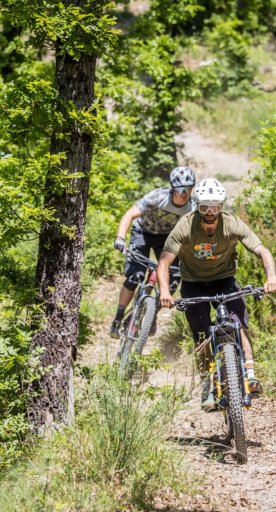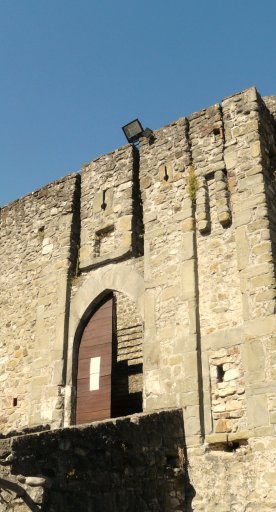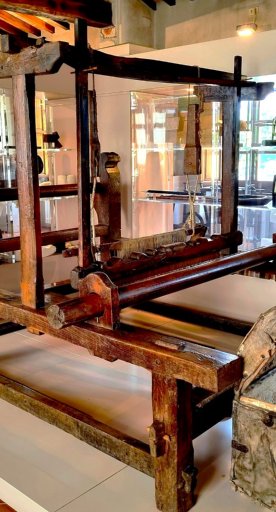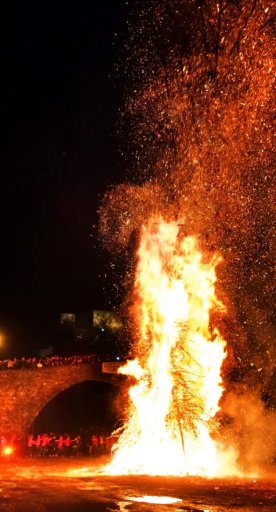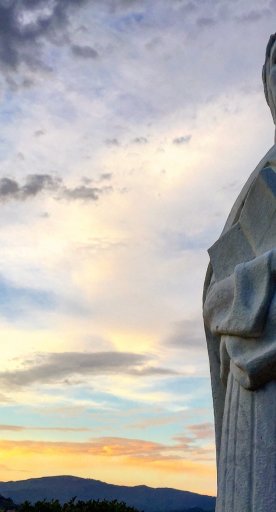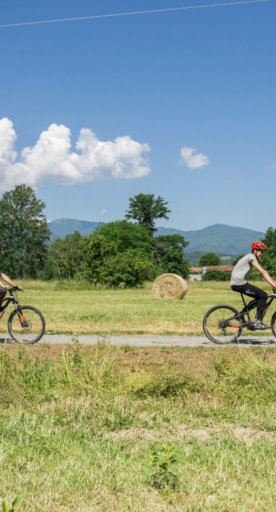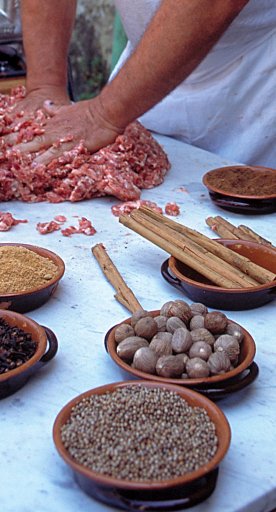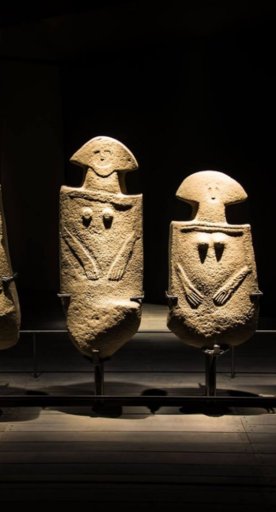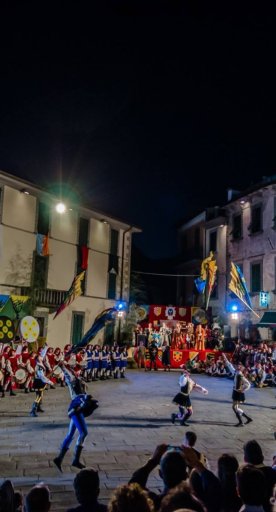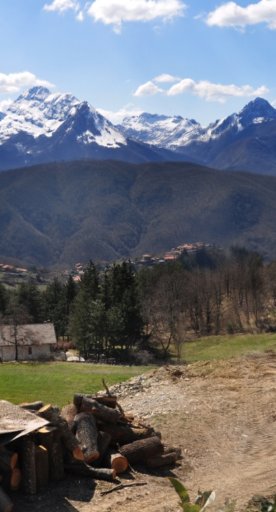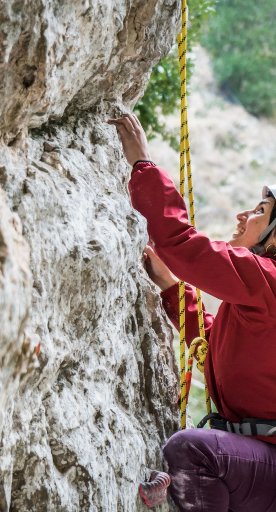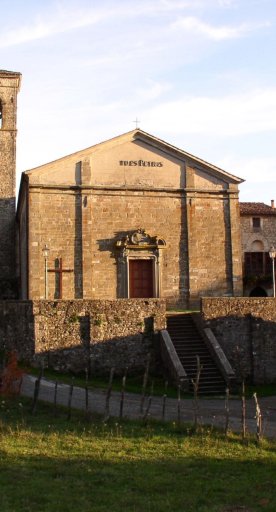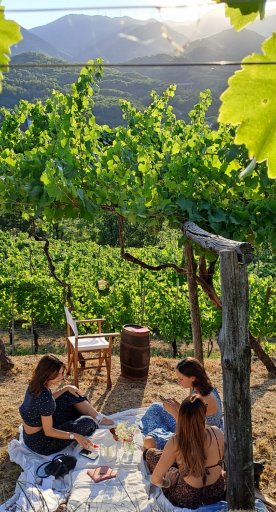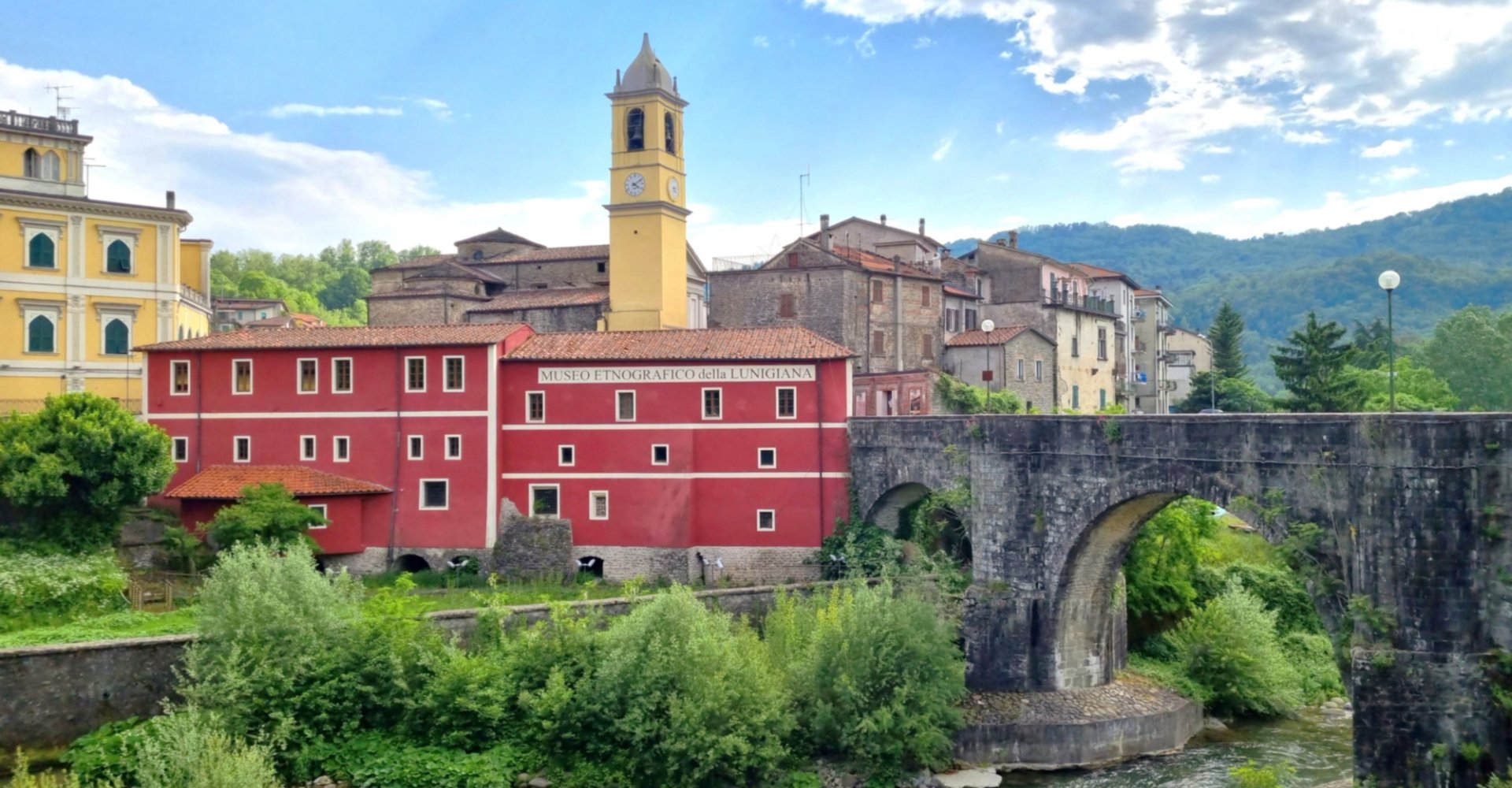
Villafranca in Lunigiana
Medieval village between the valleys of Magra river and Bagnone stream
A crossroad between Bagnone and Magra valleys, Villafranca in Lunigiana is a medieval village crossed by the Via Francigena. An ancient "Villa Franca" free from tax duties that boasted a truly strategic position, between the roads which that led to Liguria and France and those which reached the peaks of the Apennines and the Po Valley.
The ancient village was dominated by the ancient Malnido castle, dating back to the 12th century, built on a rocky spur to control the road and the crossing of Magra river. The castle was the home of the Malaspina dello Spino Secco family who, despite the division of assets in 1221, when they became lords of the territories on the right bank of the river, claimed the exception of Villafranca in order to enjoy the business and financial advantages of the place.
What to see in Villafranca in Lunigiana
From the ruins of the Malnido Castle, with the square dedicated to Dante Alighieri, ancient guest of the Malaspina family, and the remains of the church of San Nicolò, the medieval road leads towards the parish church of San Giovanni and the Ethnographic Museum of Lunigiana.
If the castle recalls the Malaspina Marquis and the richness of medieval Villafranca, the Ethnographic Museum of Lunigiana, located in the ancient mill of Villafranca community dating back to the 16th century, instead, tells the story of the peasant civilization of the area with the exhibition of everyday objects of Lunigiana past.
From the ruins of the Malnido Castle, with the square dedicated to Dante Alighieri, ancient guest of the Malaspina family, and the remains of the church of San Nicolò, the medieval road leads towards the parish church of San Giovanni and the Ethnographic Museum of Lunigiana.
If the castle recalls the Malaspina Marquis and the richness of medieval Villafranca, the Ethnographic Museum of Lunigiana, located in the ancient mill of Villafranca community dating back to the 16th century, instead, tells the story of the peasant civilization of the area with the exhibition of everyday objects of Lunigiana past.
Nearby
The territory of Villafranca in Lunigiana is crossed by the Via Francigena which runs along paths, mule tracks and woods that run along the Magra river.
Along the route, there are numerous well-preserved medieval villages. The best known is probably Filetto that, despite Renaissance transformations, still has the quadrangular urban structure and the shape of the late ancient castrum. With the acquisition of the ancient fiefdom by the Ariberti of Cremona, the village expanded towards east and was surrounded by a new ring of walls with two monumental doors. The hamlet of Malgrate was an ancient fiefdom with the castle and the high tower which still today controls the access to Bagnone Valley. From here, the view opens over the Magra valley and all the territory of Villafranca. Finally, Virgoletta, a street village, surrounded by walls more than ten meters high, with fountains, numerous “talking doors”, the Church of Saints Gervasio and Protasio and the Malaspina Castle.
The territory of Villafranca in Lunigiana is crossed by the Via Francigena which runs along paths, mule tracks and woods that run along the Magra river.
Along the route, there are numerous well-preserved medieval villages. The best known is probably Filetto that, despite Renaissance transformations, still has the quadrangular urban structure and the shape of the late ancient castrum. With the acquisition of the ancient fiefdom by the Ariberti of Cremona, the village expanded towards east and was surrounded by a new ring of walls with two monumental doors. The hamlet of Malgrate was an ancient fiefdom with the castle and the high tower which still today controls the access to Bagnone Valley. From here, the view opens over the Magra valley and all the territory of Villafranca. Finally, Virgoletta, a street village, surrounded by walls more than ten meters high, with fountains, numerous “talking doors”, the Church of Saints Gervasio and Protasio and the Malaspina Castle.
Events
In Villafranca in Lunigiana and in the surrounding villages there are numerous events, festivals, celebrations and historical reenactments throughout the year.
An example is "Zù p'r e l'Borg'" (down the village) usually in July, the Antiques Market where the shops of the local artisans of Filetto are opened every last Sunday of the month.
Not to be missed are the summer historical reenactment "Filetto Rinascimentale" (Renaissance Filetto) and the autumn events with chestnut festivals in the squares and the famous event dedicated to two-wheel enthusiasts: the "Castagna Bike" (Chestnut Bike) to discover the Lunigiana Bike Area.
In Villafranca in Lunigiana and in the surrounding villages there are numerous events, festivals, celebrations and historical reenactments throughout the year.
An example is "Zù p'r e l'Borg'" (down the village) usually in July, the Antiques Market where the shops of the local artisans of Filetto are opened every last Sunday of the month.
Not to be missed are the summer historical reenactment "Filetto Rinascimentale" (Renaissance Filetto) and the autumn events with chestnut festivals in the squares and the famous event dedicated to two-wheel enthusiasts: the "Castagna Bike" (Chestnut Bike) to discover the Lunigiana Bike Area.
Typical dishes and products
In the many traditional taverns and typical trattorias of Villafranca you can still taste the authentic Lunigiana cuisine, with recipes based on chestnut flour, the Testarolo and the traditional Lunigiana Torta d'Erbi.
In the many traditional taverns and typical trattorias of Villafranca you can still taste the authentic Lunigiana cuisine, with recipes based on chestnut flour, the Testarolo and the traditional Lunigiana Torta d'Erbi.
